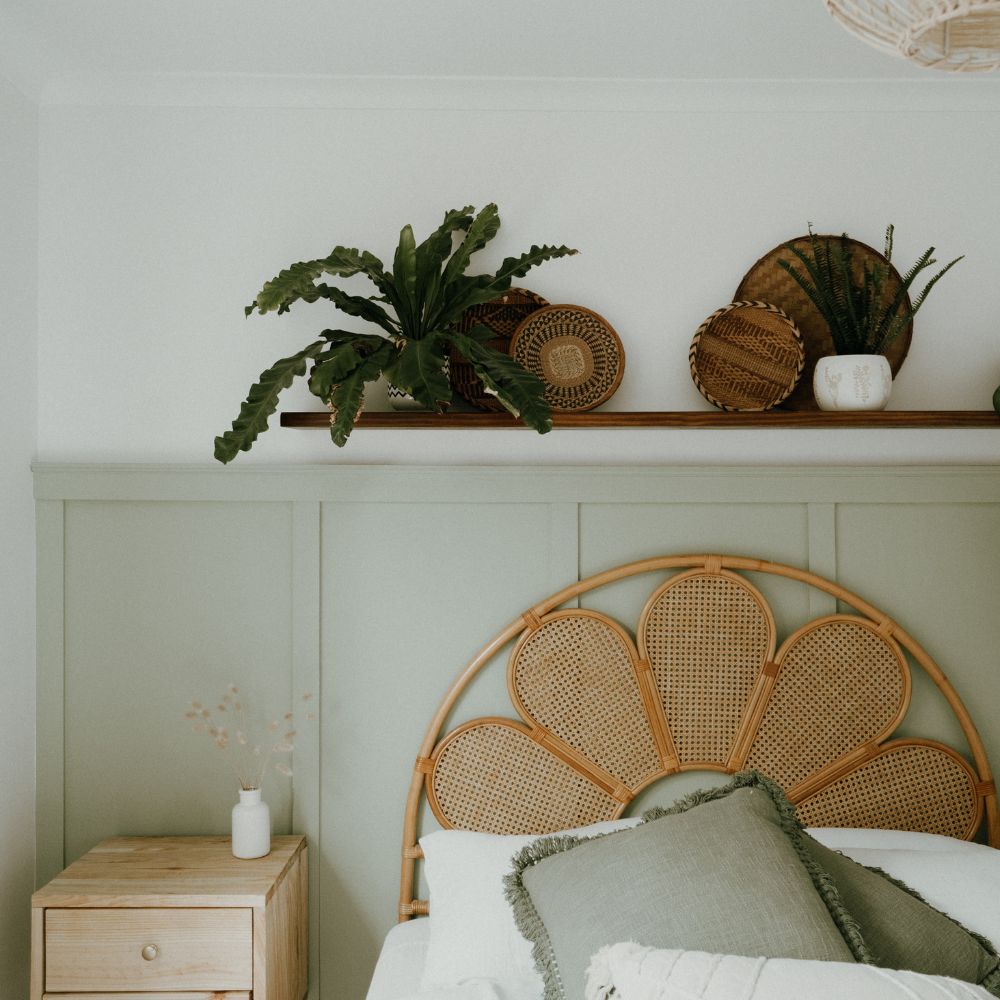Whether it's for repainting a piece of wooden furniture or, quite naturally, for a wooden surface indoors: the undercoat remains essential, even crucial for your painting work, even if it's not the most visible thing in terms of decoration.
It is true that the undercoat is not visible after the finishing paint, but it is the application of an undercoat that guarantees the final result.
Using a woodwork primer not only prepares the surface, it also ensures better adhesion and uniformity of the finish paint while increasing the durability of your project.
As with painting a section of wall, wood is a covering for which there are many undercoats that are important to differentiate in order to choose the right undercoat to apply.
The benefits of using an undercoat for wood
Undercoating plays an essential role in the long-term protection and preservation of your wooden furniture in your home. Applying it should not be seen as a mere preparatory step, but rather as an investment in the durability of your wooden furniture.
The woodwork primer ensures a smooth and uniform surface, reducing imperfections in the substrate and minimizing the effects of temperature and humidity variations, which can cause cracking and peeling over time on your interior furniture.
Wood primers are also particularly effective at blocking stains and natural resins in wood, which can become visible through paint or varnish. This is especially crucial for woods rich in tannins, such as oak or walnut.
Using the right undercoat extends the life of the paint applied to your wooden furniture, it also affects the performance and adhesion of the topcoat paint.
The different types of underlay for furniture
Even though wood is a particular support, there are still several underlays that can be adapted to this support.
Water or oil based, ecological, universal etc. It is important to consider the appropriate undercoat depending on the type of wood you wish to paint, particularly to fill in imperfections in your woodwork.
Water-based undercoat
Water-based primers are popular for their low odor and fast drying time. They're also more environmentally friendly, as they emit fewer volatile organic compounds (VOCs). Be careful, however, because water-based paints are still mostly composed of petrochemical components and are therefore not necessarily environmentally friendly.
On shelves or bedroom furniture, using a water-based undercoat for wooden furniture makes perfect sense - it's also a preferred option on surfaces where there are no problems with moisture or stubborn stains.
Oil-based undercoats
Oil-based undercoats are ideal for use on wooden furniture. Known for their resistance to water and moisture, oil-based undercoats are especially recommended for tannic woods.
In fact, so-called classic undercoats will tend to let stains show through the paint.
An ecological undercoat
The use of an ecological undercoat is entirely possible for use on woodwork.
Adapted to the support and guaranteeing respect for the environment, the use of an ecological undercoat therefore seems to be the best compromise for painting or repainting a wooden support.
Algo undercoats, for example, are fully compatible for use on wood, with the guarantee of delivering a result that meets expectations while respecting the environment.
To learn more, see the article dedicated to the different types of underlay that exist.
How to choose the right underlay for your wooden surface?
The first criterion to consider is the type of wood on which you want to apply the undercoat.
For example, some woods like pine or oak are known to release resins or tannins that will undoubtedly cause stains. On tannic woods, the use of a specific undercoat for tannic woods will then be required.
The environment in which the furniture will be located must also be taken into account: if the furniture will be located in a humid room such as a bathroom, for example, the underlay must be sufficiently resistant to adhere in the long term.
As for the finish, using an oil-based undercoat can cause it to yellow slightly over time, which should be taken into account if you are going to apply a light stain to your wooden surface.
If you're looking for a quick-drying and more environmentally friendly option, consider an undercoat made from natural ingredients, such as Algo paints, which are made from algae.
Even better, if you plan to use our furniture paints, undercoat is not required on a wooden surface.
If you need more help, read our guide to choosing underlayment .








